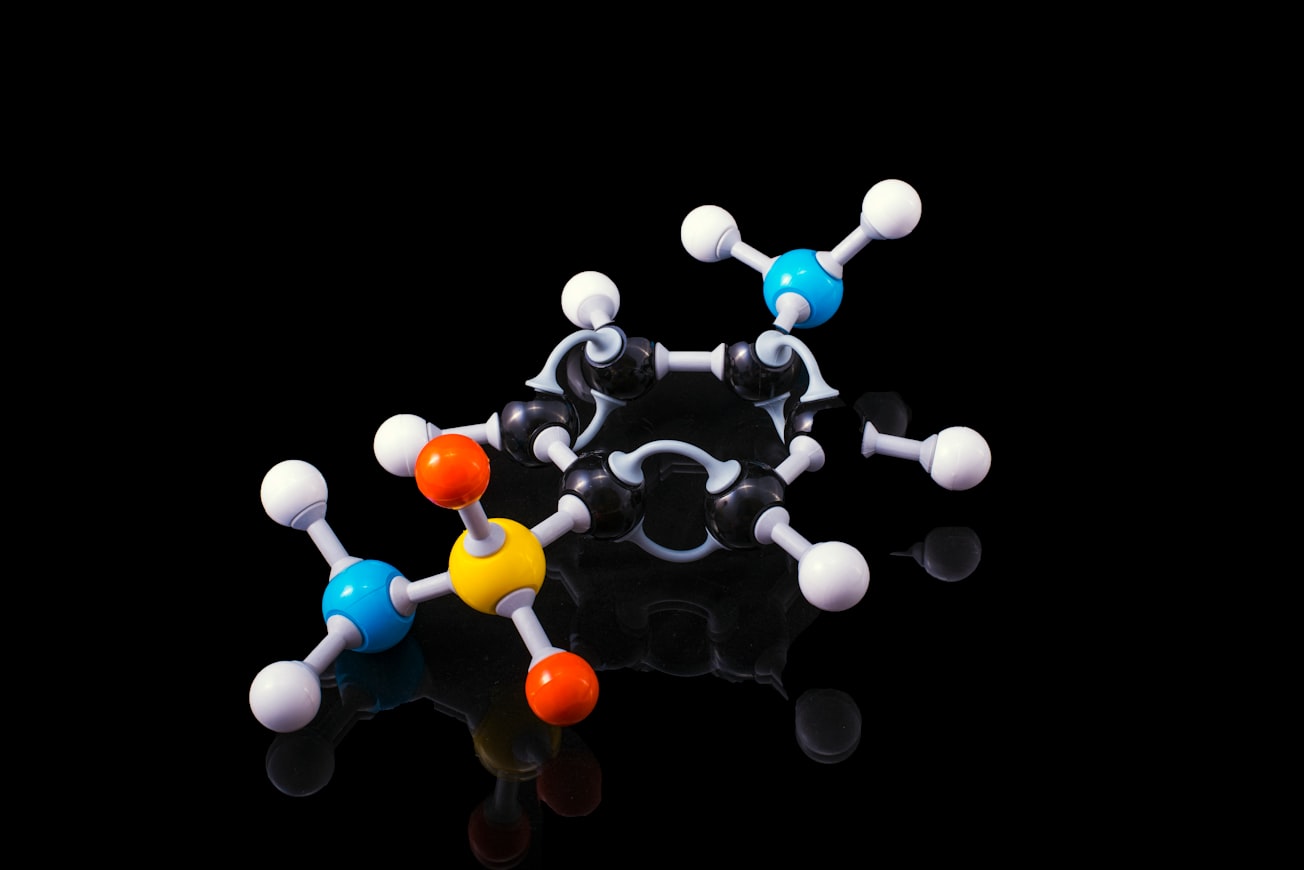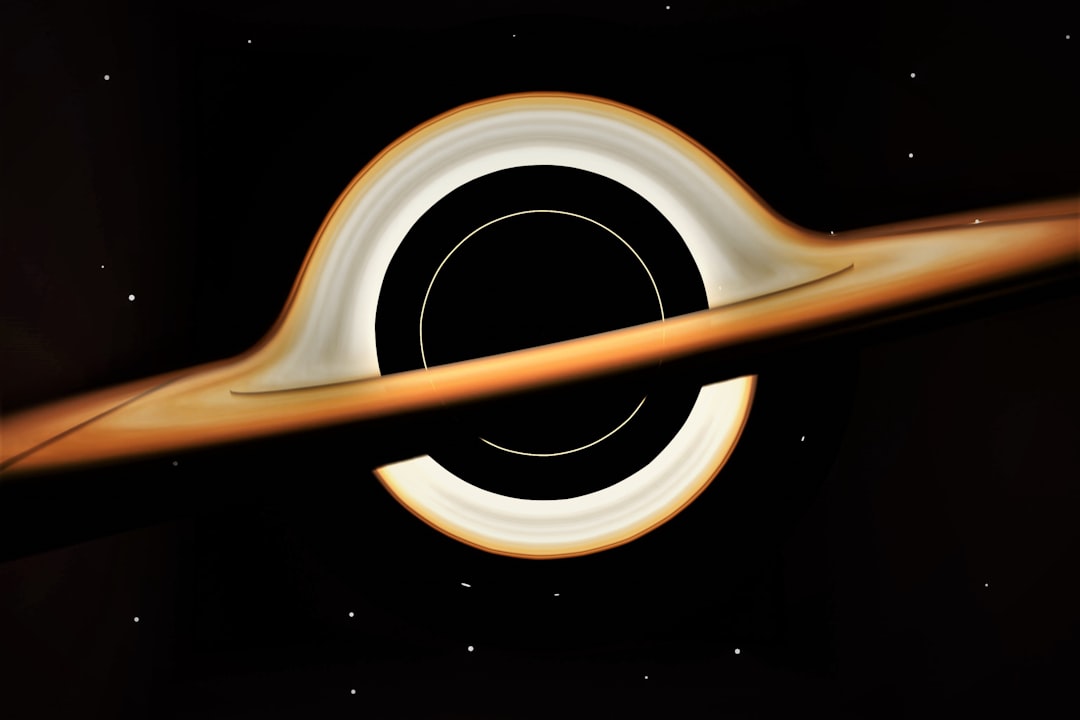What is it about?
Me-Graphene (Me-G or tertiarymethyl-G) is a graphene (G) allotrope with sp2-sp3 hybridization, near zero Poisson’s ratio, sizeable band gap, and high carrier mobility. It is composed of 5–6-8 C rings similar to C568 that has the same unit cell composed of 5–6–8C rings.
Featured Image

Photo by Terry Vlisidis on Unsplash
Why is it important?
Recently, Me-Graphene (Me-G) was proposed as a graphene (G) allotrope with sp2-sp3 hybridization, near zero Poisson’s ratio, sizeable band gap, and high carrier mobility. In this work, we replicate three partially hydrogenated Me-Graphene NanoRibbon (Me-GNR) relaxed unit cells (C13H4, C26H4 and C39H4) of different widths (Me-GNR1, Me-GNR2 and Me-GNR3) and investigate how these molecular devices behave under strain (compression and distension) via DFT/NEGF. Our results show that edge hydrogenation present: (i) metallic behavior for three devices under equilibrium or strain through band structure (BS) and density of states (DOS) at Ve = 0 V which is confirmed by charge density and liquid charge; (ii) negative differential resistance (NDR) for three devices under compression and plateau (resonance) to six other devices; (iii) larger widths increase current and ohmic region; (iv) Molecular Projected Self-Consistent Hamiltonian (MPSH) states that participate of electronic transport are from HOMO − 1 up to LUMO + 1; (v) how applied external bias voltage in the device (Ve) affects energy levels distribution through projected density of state (PDOS) and transmittance. These results make Me-GNR be highly promising in nanoelectronics applications such as resonant tunnel diode (RTD) and field effect transistors (FET).
Perspectives
More than anything else, and if nothing else, I hope you find this article thought-provoking. As perspective, we wait to investigate the magnetics and optics of Me-Graphene.
Prof. Dr. Carlos Alberto Brito da Silva Jr.
Universidade Federal do Para
Read the Original
This page is a summary of: Hydrogenation, width and strain effect in Me-graphene devices, Computational Materials Science, July 2022, Elsevier,
DOI: 10.1016/j.commatsci.2022.111456.
You can read the full text:
Resources
Contributors
The following have contributed to this page










